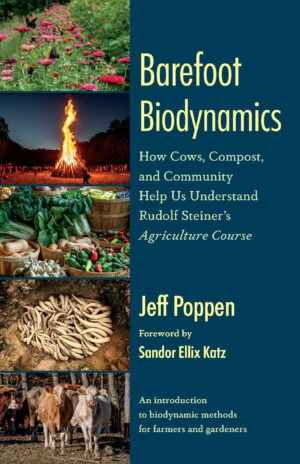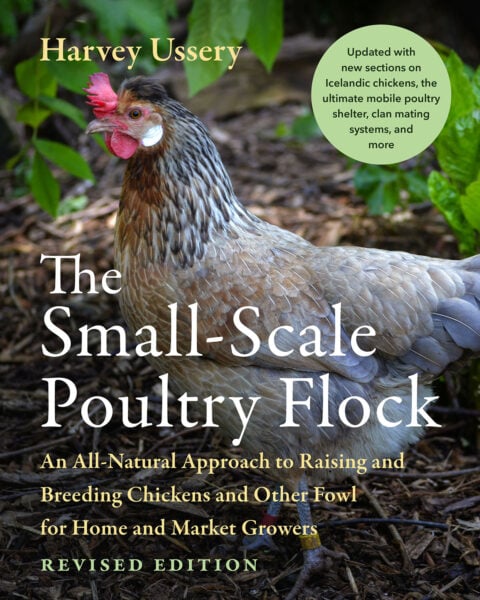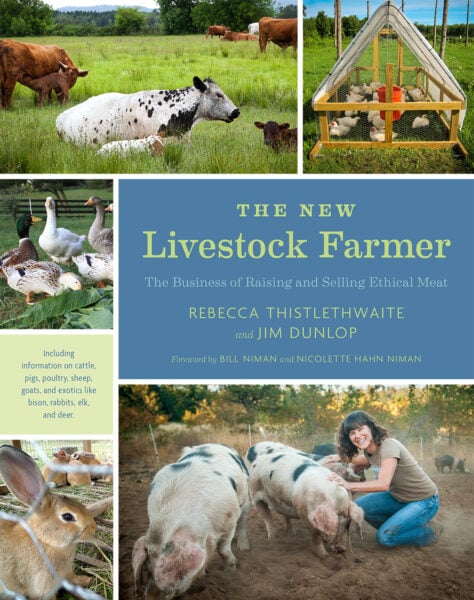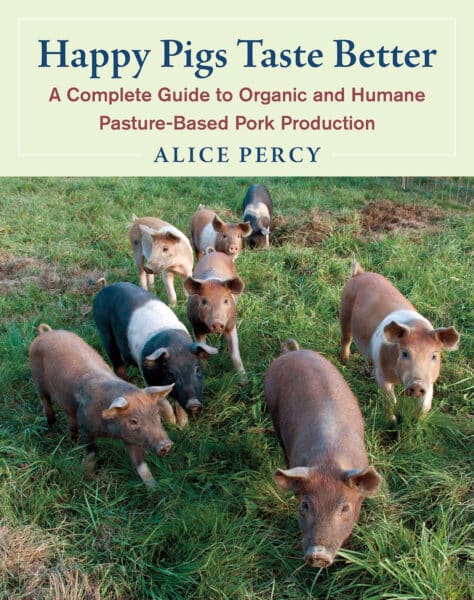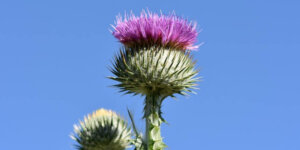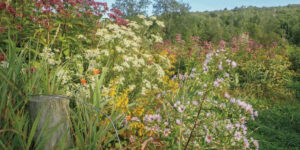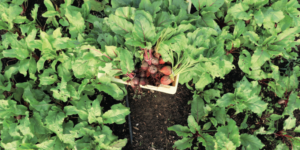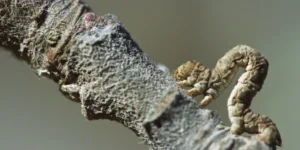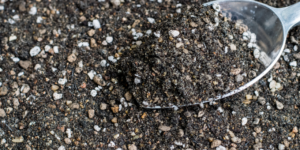A Guide to Feeding Animals On Your Farm
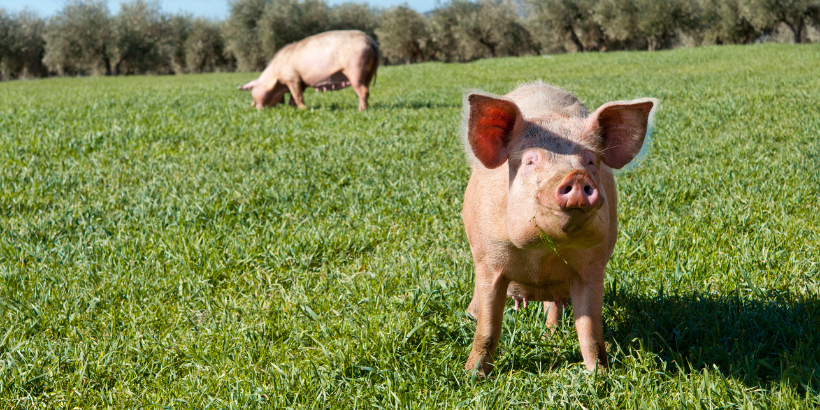
One of the most essential parts of raising livestock is feeding your animals the right foods to keep them healthy and productive. Here are some tips for feeding animals on your farm to make it a bit easier!
The following is an excerpt from Barefoot Biodynamics by Jeff Poppen. It has been adapted for the web.
Feeding Animals: A Guide
Agricultural expert Rudolf Steiner’s first guiding line for feeding animals was that they should be outside, giving them the opportunity to come into relationship with the surrounding world by sense perception in the finding and taking of their food.
Then there is the guiding line that the head needs substances from the earth and the body needs substances from the air, which it receives in homeopathic doses.
So he recommended feeding roots and hay to growing stock, such as carrots for the head and grass to assist it in passing through the body.
For milk production we need to stimulate the middle of the animal, and a plant strong in foliage like clover is best.
How to Fatten An Animal
To fatten an animal we use seeds, fruits, and feed with what Steiner called the “fruiting process” enhanced, done by cooking, steaming, or drying.
Even cultivation, which makes things like turnips and beets grow bigger than in the wild, he called a fruiting process.
Quality salt is important, too, and we make sea salt available for all our farm animals. It contains many trace elements, which afterward are spread over the pastures in a more readily available form after passing through the cattle.
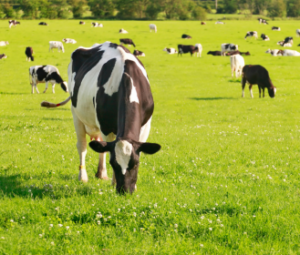 Feeding Animals: What Do They Eat?
Feeding Animals: What Do They Eat?
Our cows eat grass, clover, and whatever else they can find in the pastures.
The more we rotate pastures, the better the cattle and the pastures look, but the more they complain if they don’t get moved to better forage.
I can barely grow enough carrots for the CSA, let alone for stock feed.
Twice we have taken the effort to cook food for the pig, and it made an unbelievable difference. Cooking makes food more digestible.
We just boiled discarded sweet potatoes, Irish potatoes, and butternuts until soft, as these are what we have a lot of.
We process hogs with the neighbors, and everyone was duly impressed when we split ours open. Instead of a uniform, light pink, the insides were bursting with colors.
They hadn’t seen that since their families raised pigs back in the old days, when preparing hog slop was a daily chore. Salted, smoked, and hung for five years, it made for the best of meats.
Recommended Reads
Naturally Feeding Your Flock: Feed Poultry With Fresh Greens
Recent Articles
Certain plants, like thistle, are considered “invasive” to many people. However, these seemingly pesky plants can be used to help existing ecosystems. The following are excerpts from Beyond the War on Invasive Species by Tao Orion and The Wild Wisdom of Weeds by Katrina Blair. They have been adapted for the web. Managinng Thistle To Tao Orion,…
Read MorePicture-perfect farms may be aesthetically pleasing, but they’re likely lacking in biodiversity. Rewilding practices allow the land to return to its natural wild state, providing more room for fruit-bearing plants to grow and animals to control small pests. The following is an excerpt from Farming on the Wild Side by Nancy J. Hayden and John…
Read MoreLet’s drop the beet! Beets can be grown year-round and are a perfect, flavorful addition to meals. Get started on growing your own no-till beets with help from these tips! The following is an excerpt from The Living Soil Handbook by Jesse Frost. It has a been adapted for the web. How to Grow No-Till…
Read MoreHow do you control bugs & pests on your fruit trees without using harmful sprays and treatments? Here are some tips for identifying insects on fruit trees and controlling them organically. The following is an excerpt from The Holistic Orchard by Michael Phillips. It has been adapted for the web. Finding Insects On Fruit Trees…
Read MoreLooking for ways to naturally enrich your garden? The answer is all around you….literally. Add local rocks & soil to your garden to improve soil health and see your crops flourishing in no time. The following is an excerpt from The Regenerative Grower’s Guide to Garden Amendments by Nigel Palmer. It has been adapted for the…
Read More
